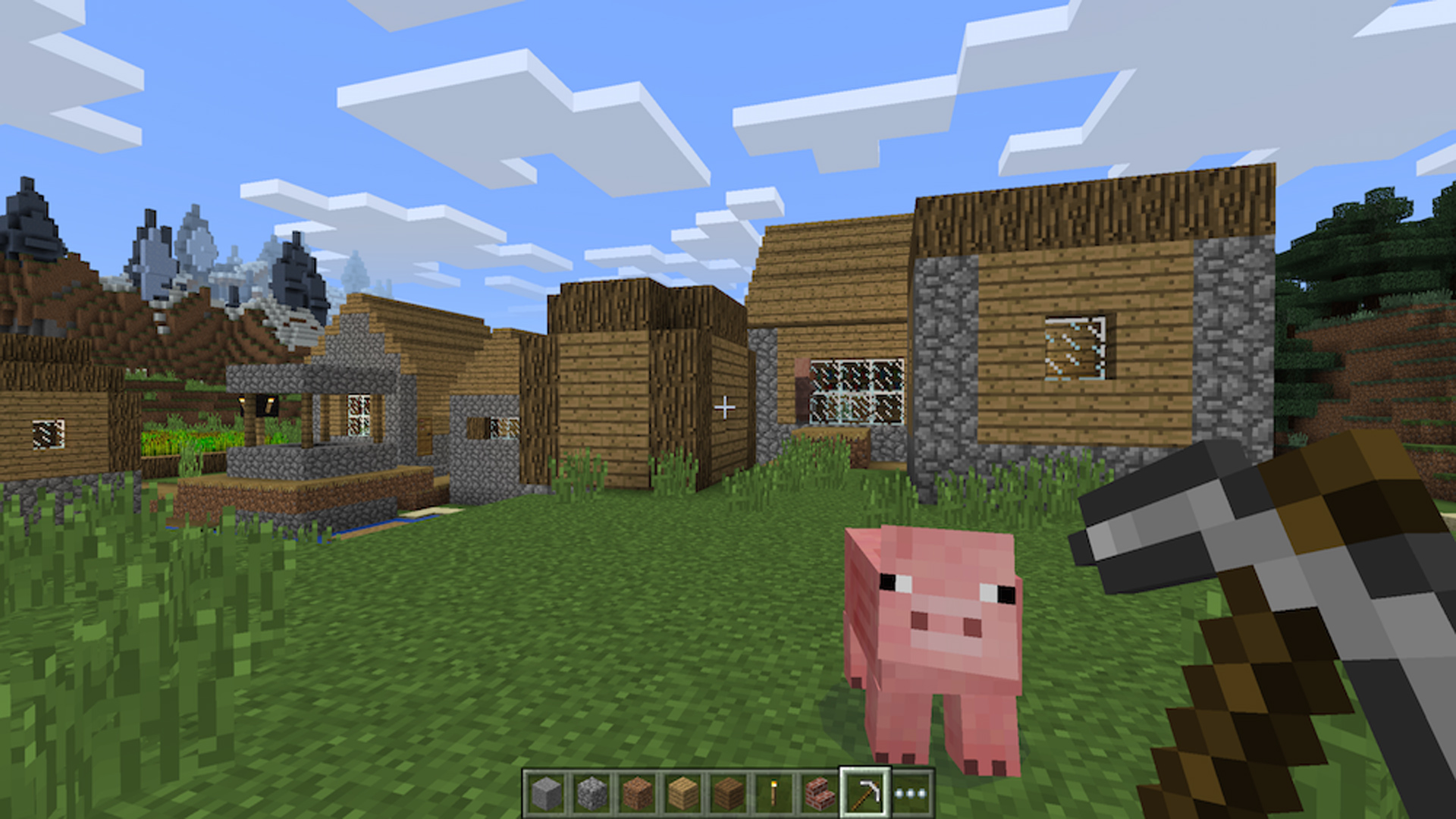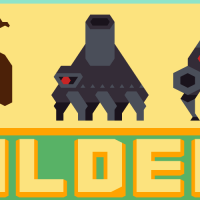Tom Bissel coined the term “gameism” in this article, meaning “something that makes perfect sense only in the context of a video game.” How games define their rules to the player is by offering patterns and recurring themes so that players can better understand the fictional world they’re in and how it works. For instance, double-jumping is a common mechanic in most platformer games. Players know this from how platform games present obstacles to them and from many precedents, but physics simply does do not work like that in our world. Another common gameism is the idea of animating inanimate objects. In our world, we know an object does something because we live with on the daily. However, when presented with a new object in the fictional reality of a game, an animation is vital to informing a player how to use it. In the same vein, dialogue boxes and captions are another thing that crop up extremely commonly in video games, but simply don’t make feasible sense in our reality.

Dialogue screen from Doki Doki Literature Club! (2017)
There are many ways in which designers use gameisms like these to show players the ropes. If, however, it proves too difficult or time-consuming to design elegant solutions, another answer is always a tutorial that lays down the rules explicitly. Either before the game starts, some games have a screen pop up with words and/or pictures, or insert hints as to how to continue when the player gets into a situation they need it in the game.

Tutorial screen from Deadbuild(2012)
Some games give players the tools they need elegantly through the environment itself. It’s in the very name of one of the most popular video games of all time: Minecraft. The game world is presented as a tool for survival in that whenever the player clicks on a block, it starts to break. This gives a fantastic indication of the main mechanic, breaking blocks. Other games present the environment as tool in more subtle ways. In the Escape the Room series of flash games, the only interface the user is given is the mouse icon and the player must extrapolate from that to realize that clicking on various objects in the room is the only mechanic in the game. Finally, a game that combines Minecraft’s breakable environment with Escape the Room’s simplicity is Brick Breaker, a game in which the play area that the player shapes in turn helps or hinders the player’s next movements.

Brickbreaker (1999)
In our real lives, noticing patterns in order to learn how a system works takes a lot of time and attention to detail, and may result in more real effects and consequences. In games, however, designers present these “gameisms” in much less time and in a format that’s easier to grasp.

